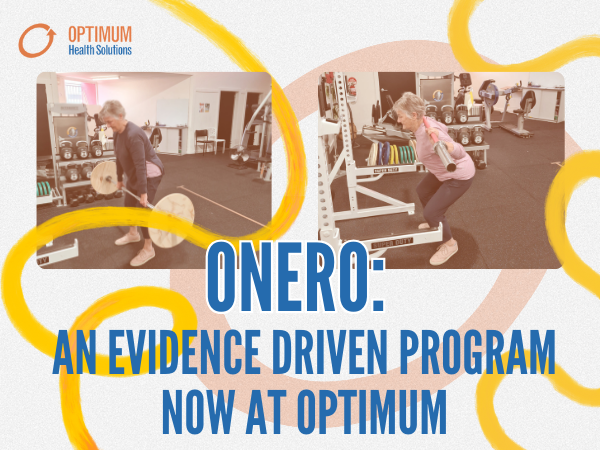Probably the most common issues presented to us by clients is lack of mobility. So much so that it is affecting their posture and causing some form of musculoskeletal discomfort. This tightness restricts the range of motion of muscles and joints therefore preventing them from completing functional movement capacity. As a result other muscles and joints become overloaded in an attempt to pick up the slack and become overused and constantly at fatigue leading to ongoing postural deficiencies. The best way to combat tight muscles is to stretch regularly, not just pre and post workout but every day!
To begin with, there are 3 main types of stretches. Static, Dynamic and PNF.
Static Stretching
Static Stretching is where you place yourself in a stationary position and hold a muscle at a length longer than its resting length for a prolonged period of time. Static stretches are held for at least 30 seconds each and can easily be done without a partner. Static stretches are best completed when the body is warm such as at the end of a workout or immediately following your bath or shower.
TIP – Aim to stretch the muscles that spend most of the day in a contracted or shortened position. For most desk workers this includes the upper chest, hip flexors and hamstrings.
Dynamic Stretching
Dynamic Stretching involves slow, controlled movements that put the muscle under a strong, yet brief, stretch whilst moving joints gently through their entire range of motion. This type of stretching is a great way to warm up before a workout as it doesn’t negatively affect performance.
TIP – Avoid bouncing or jerking motions, especially when a muscle or joint is at the limit of its range.
Proprioceptive Neuromuscular Facilitation (PNF) Stretching
PNF stretching is one of the best ways to improve static flexibility and is usually performed with a partner. It involves passively stretching a muscle, isometrically contracting against your partner for 7-15 seconds and then relaxing allowing for another, further, passive stretch. This is also known as the ‘contract-relax’ technique.
TIP – Ensure your partner is well trained in stretching techniques as stretching a muscle to the end of its range then isometrically contracting it can cause injury of performed incorrectly.
So in conclusion, the key to improving your mobility comes with consistency. Making it a part of your everyday routine is vital to seeing improvements. It takes a lot longer to see results from stretching than it does from, say weight training, so don’t get discouraged if there are no immediate improvements.
Increasing your flexibility through stretching can improve your posture, reducing the stress on your joints. It can also help your workouts as you will be able to perform the exercises through a greater range of motion. So start planning your stretching routine, both inside and outside the gym, and get started today.








